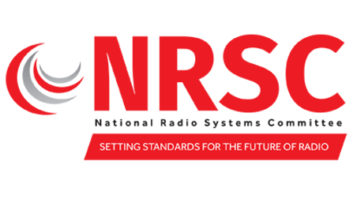WASHINGTON � The National Association of Broadcasters supports the idea of adding a new Blue Alert event code to EAS but asked the FCC to model any such program after the successful AMBER Alerts.
The FCC proposal is intended to facilitate apprehension of suspects by notifying the public of an actionable threat to law enforcement officers. Some broadcasters and EAS experts have said a national code is unnecessary and might add to listener �alert fatigue.� But the NAB said it supports the effort. It joined others who have commented on the Notice of Proposed Rulemaking to amend Part 11 of the rules regarding the Emergency Alert System (PS Docket No. 15-94).
A national code is intended to streamline the use of Blue Alerts nationally and help integrate them into a coordinated national framework. Of the nation�s 56 states and territories, 28 do not have Blue Alert systems, according to data from the Blue Alert Foundation and cited by NAB. By contrast, 50 states have operational AMBER programs to disseminate information about missing children.
If a code is adopted, NAB asked the FCC for uniform guidance and a centralized support system for the rollout. The code should be clearly differentiated from the existing Law Enforcement Warning code. (LEW Alerts are created by a public official, then relayed by the NWS through EAS for the purpose of warning people about dangerous conditions in a certain area.) The FCC also should ensure that �alert originators have clear instructions and training for how and when to issue Blue Alerts, and that EAS providers understand the parameters for relaying such alerts.�
It recommends a �Blue Alert Training and Technical Assistance Program,� which would instruct law enforcement agencies, EAS participants and other parties on best practices and be modeled after a program used for AMBER Alerts.
NAB says participation in Blue Alert notifications should be voluntary and based on predetermined criteria, as with other EAS alerts. This means law enforcement officials should provide an easily understandable and jargon-free message, delivered by a dedicated liaison who will update the media. Also, as in AMBER, news organizations should be able to share information in a Blue Alert and supplement it with reporting to better inform the public. And law enforcement should provide a method for handling tips/inquiries once an alert has been activated.
Regarding a timeline, NAB thinks the suggested six-month period is reasonable, but said that a waiver process would help broadcasters whose legacy equipment may require more than a software upgrade. The commission would grant waivers to those who demonstrate good cause case-by-case basis.
A version of this article originally appeared on RadioWorld.com.
�






